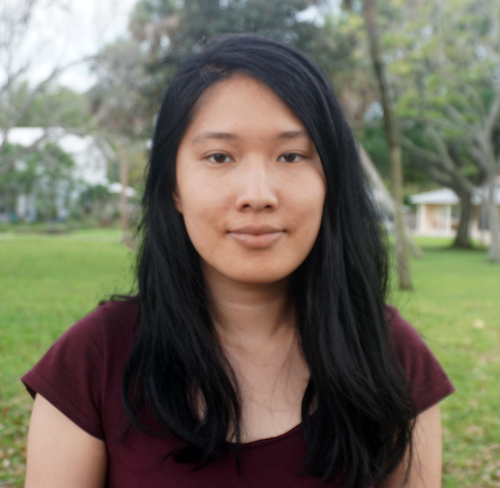Unable to attend college career fairs or host job seekers on-site, some media companies are taking their recruitment strategies to Zoom.
Enter the world of the virtual career fair, where companies can connect with more people than ever. Since the pandemic’s start, some organizations have begun hosting virtual events to advertise job openings and meet potential candidates. These events can draw upwards of 100 people, and organizers say the virtual format has increased accessibility for participants.
“The advantages (of a virtual fair) were definitely access and the amount of people we were able to get, the amount of diversity that we were able to get,” said Trisha Dearborn, the executive vice president of human resources at Bustle, which hosted a fair in September. “As long as you had the ability to dial in, you had access to it.”
The events vary in structure. Some, like the virtual fair hosted by the National Association of Black Journalists and the National Association of Hispanic Journalists as part of their joint annual convention, attempt to replicate the structure of a traditional career fair.
Attendees at this year’s joint NABJ and NAHJ conference in August had access to a portal containing a list of virtual “booths” for different outlets. Clicking on a booth opened up a screen with a chat function and several documents containing more information about the company. People could then talk to recruiters in the chat and set up video interviews.
Participants could also sign up for video interview slots, availability of which was sometimes limited, according to conference attendee Siegee Dowah. But the virtual format also had its advantages. Dowah said she saved money by attending from home and that she found it easier to talk to recruiters in a one-on-one setting.
“I didn’t have to worry about other people waiting in line behind me to speak and that anxiety of having people watching you,” Dowah said.
Other events have highlighted presentations from editors and hiring managers. The Bustle fair included a speaker series with top editors and directors, as well as question-and-answer sessions. Hearst Connecticut, which is planning a virtual fair for Dec. 10, will also feature presentations from editors and staff before pre-scheduled video interviews with participants who sent in their resumes beforehand.
“We just want to make sure that folks know about us, about our products, and also about all the opportunities that we have available, especially fellowships for up and coming emerging journalists,” said Mandy Hofmockel, the managing editor of audience at Hearst Connecticut.
Planning for a virtual event is in some ways easier, organizers said. Companies do not have to spend money flying recruiters out, and space is not a constraint. Prior to the pandemic, Bustle held occasional office hours and speaker series that had to be capped at 30 to 60 people, Dearborn said. The September fair drew 200 attendees.
For its virtual events, Scripps skipped straight to the video interviews. The company has held two virtual fairs so far, one in March and one in November. Before each, the company put out calls on social media advertising their open positions. Job candidates then sent in resumes, and the Scripps team scheduled video interviews during the days of their “fair.”
Combined, the two Scripps fairs led to first-round interviews with more than 160 people, and several have gone on to be hired. Others are still in the hiring process.
Despite the success, Scripps senior director of talent acquisition Karen Hite said the virtual format brings with it some downsides. For example, at a previous in-person career fair, Scripps was able to process applicants more quickly. Attendees at the in-person fair underwent a quick round of interviews to assess their qualifications before meeting with hiring managers with open positions the same day.
“It can move more rapidly when you’re face to face,” Hite said. “The journalism conferences that we attend yearly, we had to do those virtually as well. … I think giving people a sense of who you are, you get more of that through the conference in the face-to-face interactions and watching their reels and talking with them than you do when you’re over Zoom.”
The lack of in-person interaction also makes it more difficult to network, according to Dearborn. At the Bustle event, for example, editors tried to connect with attendees during the question-and-answer sessions and in private conversations afterward, but reaching all 200 people was impossible. Still, participants found creative ways to connect. Dearborn said Bustle later learned that some of the attendees created a Facebook group to network after the event.
Virtual career fairs will likely not go away anytime soon, and some companies say they may permanently add these events to their recruitment strategy even after the pandemic ends. Scripps is currently aiming to do one every quarter in 2021, and Bustle Digital Group is exploring the possibility of holding a virtual fair for one of its other brands.
“Given a year where we were dealt with a lot of challenges and things in the world we couldn’t control, this was a really exciting thing to do,” Dearborn said.







